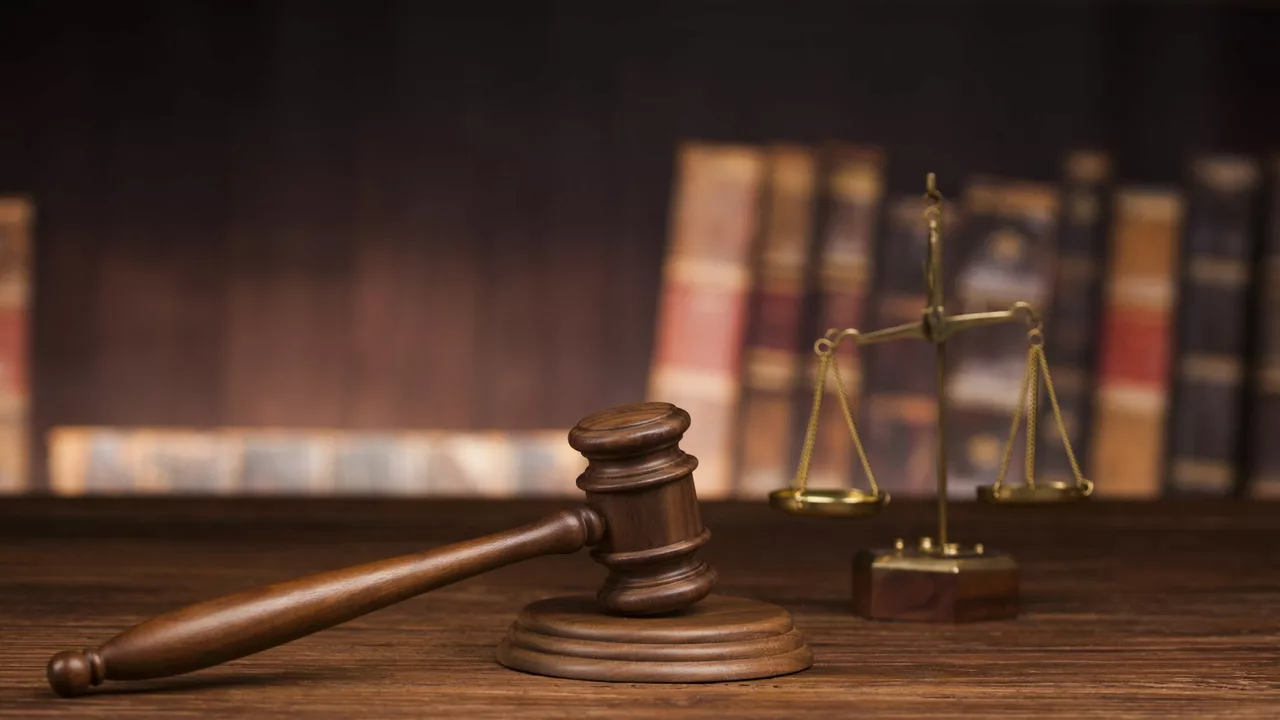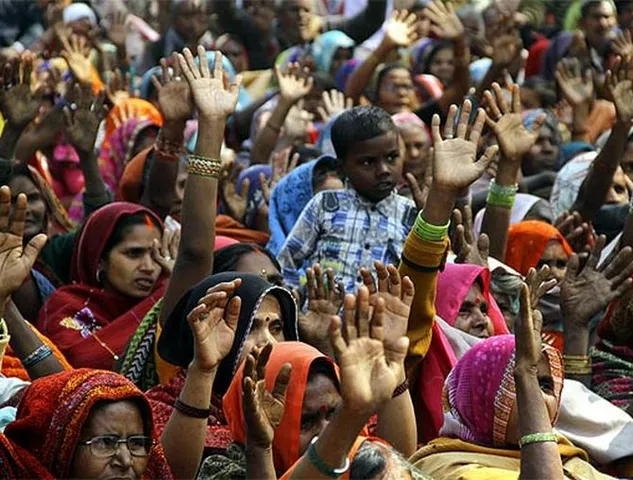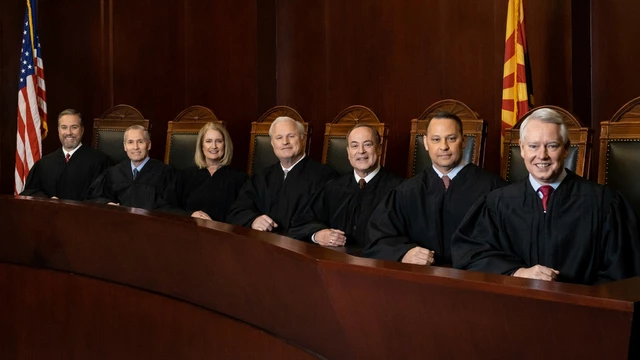Why is Supreme Court allowed to change its own ruling in India?

Understanding the Structure of the Indian Judiciary
In order to comprehend why the Supreme Court in India is able to modify its own judgments, it's crucial to first understand the structure of the Indian judiciary. The judicial system in India is a hierarchical structure with the Supreme Court at the top, followed by High Courts for each state, and then District Courts at the local level. The Supreme Court is the highest judicial authority in the country and its decisions are binding on all other courts. As such, it has the power to review and change its own decisions.
The Doctrine of Stare Decisis
Stare decisis is a legal principle that urges courts to follow precedents. It's a Latin term that means "to stand by things decided." In essence, it's a doctrine that promotes legal stability and consistency. However, the Indian Supreme Court, unlike lower courts, is not strictly bound by this doctrine. It can revisit and overrule its prior decisions. This is not to say that the Supreme Court does not respect precedents, but rather it recognizes that there may be circumstances when a previous ruling may need to be reconsidered.
Review Power of the Supreme Court
Article 137 of the Indian Constitution provides the Supreme Court with the power to review its own judgments. This means that the Supreme Court can reconsider a case and change its ruling if it deems it necessary. This power of review is an essential aspect of the Supreme Court's role as the guardian of the Constitution, allowing it to correct any errors or oversights in its previous decisions.
Why Change a Ruling?
The question arises: why would the Supreme Court want to change its own ruling? One of the main reasons is to correct a manifest error or injustice. Sometimes, a decision might have been based on a misinterpretation of a law or a constitutional provision. In such cases, the Supreme Court has the power, and indeed the responsibility, to correct the error.
Changing Times, Changing Laws
Another reason why the Supreme Court might change a ruling is to adapt to changing societal norms and values. Laws are not static; they evolve with society. As society changes, the law must adapt to reflect these changes. A ruling that might have been appropriate in a past era may no longer be suitable in the present context. The Supreme Court is empowered to review and modify its rulings to ensure that they reflect the current societal values and norms.
The Process of Changing a Ruling
Changing a Supreme Court ruling is not a light matter. It involves a rigorous process. First, a review petition must be filed. The petition is heard by a bench of at least three judges. If the bench finds merit in the petition, it may refer the case to a larger bench for consideration. The larger bench will then deliberate on the case and decide whether the earlier ruling should be changed.
Conclusion: Balancing Act
In conclusion, the power of the Supreme Court to change its own rulings is a delicate balancing act. On one hand, it ensures that justice is served and that the law remains relevant in changing times. On the other hand, it must be exercised with caution to maintain legal stability and consistency. Ultimately, the Supreme Court's power to change its own rulings is a reflection of its commitment to uphold justice and the rule of law in India.




Write a comment